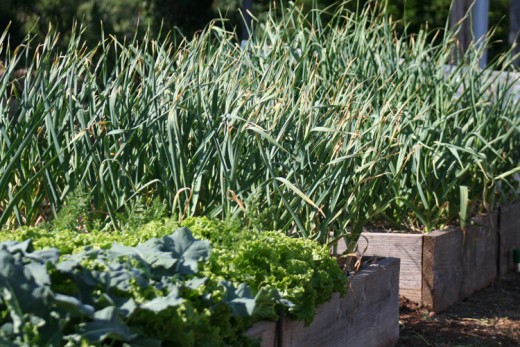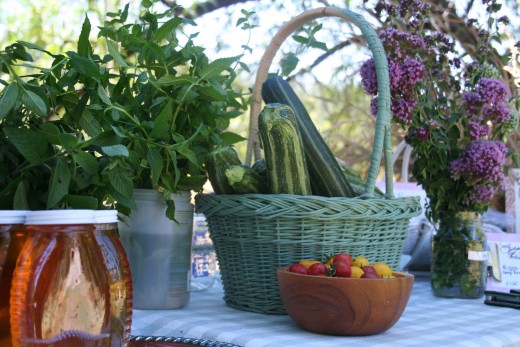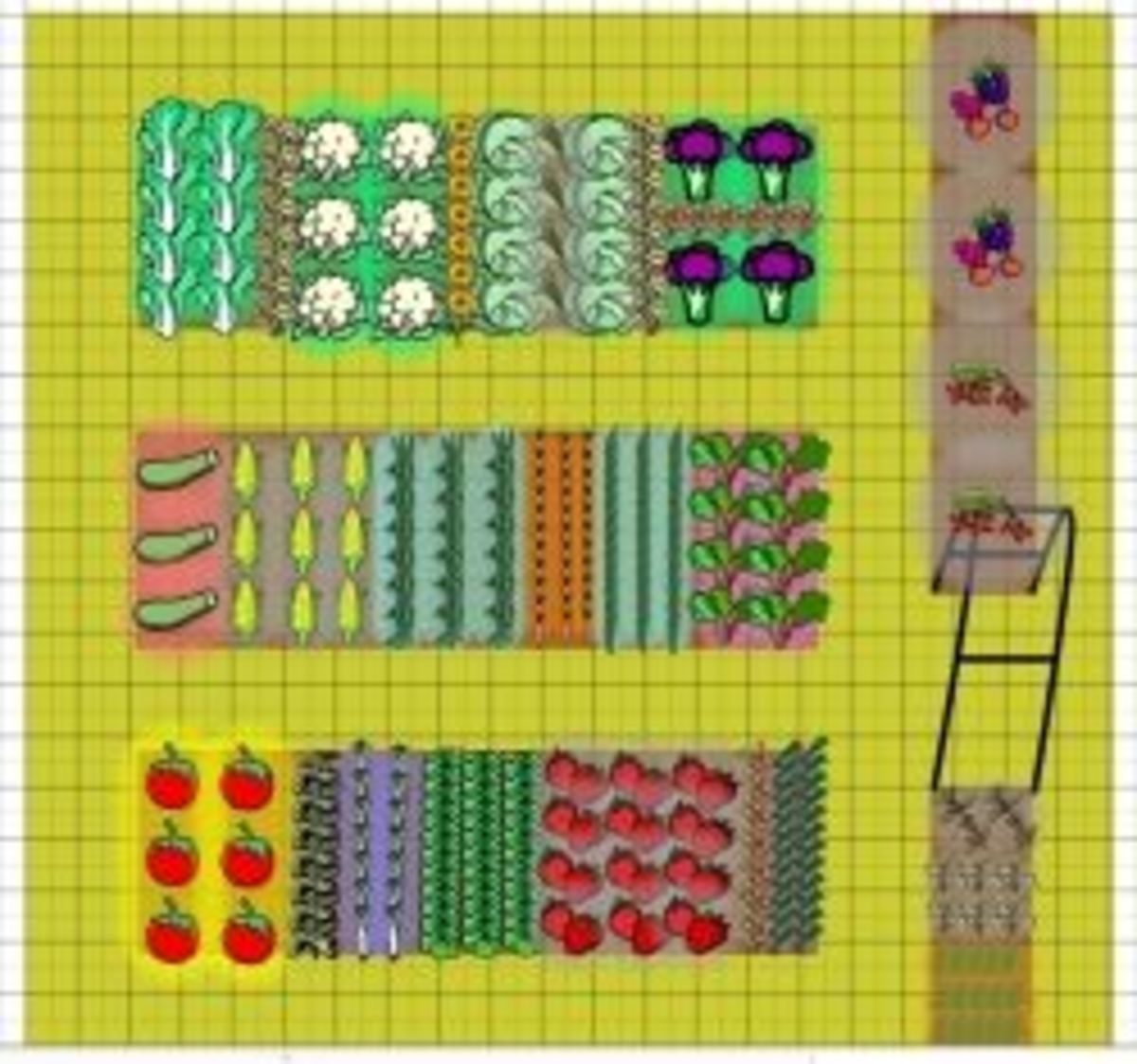Beginner’s Guide to Planning a Vegetable Garden
Copied content warning
If you are not reading this at hubpages.com, it is copied content.
Easy Steps
In this article I will show you some easy steps to planning your garden. With the state of the economy and the urge to eat healthier, home vegetable gardens are rapidly increasing in popularity. And with good reason. Not only can you save a lot of money on fresh produce, home grown vegetables are fresher and more nutritious than most veggies you can buy in the grocery store. The reason is that home grown veggies can be fully ripened before picking. Even organic, locally grown veggies in the super markets are not picked at peak ripeness. This is for practical reasons. Fresh produce in the grocery store must be able to withstand the public picking through them and tossing them, sometimes rather forcefully, back in the bin. Growing your own can be the best way to get veggies at peak ripeness, flavor, and nutritional content.
With proper planning and gardening techniques, you can grow nutritious food for your family and save substantially on your grocery bill.

Getting started
Great gardens start with great planning. This important step is frequently overlooked. All too often I see gardens in my community that are planted in spring and by summer they’re nothing but a patch of dried up dead foliage surrounded by tall weeds. This indicates to me a lack of planning. The adage “if you fail to plan you’ll plan to fail” fits in well here.
Gardens are work. While there are plenty of shortcuts and gadgets to help minimize labor, a great garden is not a plant-it-and-forget-it venture. You’ll save yourself a lot of frustration and money by being certain you’re willing to put out the time and effort a garden requires. Proper planning will help you to that end.

Here we go!
Gather up your planning materials:
Lined paper
Pencils
Ruler
Graph paper
Calculator
Seed catalogs
On your lined paper, write down the answers to these questions:
- How much time do I have to devote to the garden each week?
- How much space do I have for a garden?
- How much work will be needed to prepare the soil?
- How much can I budget to spend on seeds and supplies?
- What vegetables do I want to plant and how much will my family eat?
- Do you plan to put up (can, freeze, dehydrate) any vegetables or just harvest for fresh eating? If so, you must factor in enough time to do this.
- What USDA region is my garden in and how long is my growing season? Follow these links to get your answer. USDA HARDINESS ZONE and COOPERATIVE EXTENSION OFFICES.
Ponder your answers to get a good idea of the scope of project you want to do before proceeding to the next step.
Map Your Garden
For your final step in planning and before you order seed, draw out your garden area on the graph paper to determine the best location for your crops. Take into consideration their sunlight requirements, root growth patterns, and above ground spacing.
Territorial Seed has a handy planting chart that you can download for free here.
Now you’re ready to get down to serious gardening once the weather allows. You have a document to take with you out to your garden to help you with the planting of your crops.
Save your garden plan for the following year to help you in planning your crop rotations.
Order Seeds
Okay, you know how much space and time you have and what vegetables you want to grow. You know how much your family is likely to eat fresh and how much more you need to put up if you intend to store some for the winter.
Now you need to figure out how much seed to buy based on the information you’ve gathered so far. Get out your seed catalogs and look
up the varieties you want to grow. Most catalogs will state the yield to expect
per plant or row. You can use the planting chart linked above for a general idea but I recommend planning for the specific varieties you will be planting.
Here are some of my favorite seed & supply companies. They’ve consistently provided great service and quality seeds and supplies.
Victory Seeds - http://www.victoryseeds.com/
Baker Creek Heirloom Seeds - http://rareseeds.com/
Johnny’s Seeds - http://www.johnnyseeds.com
Territorial Seeds – http://www.territorialseed.com
Seed Saver’s Exchange - http://www.seedsavers.org/
Peaceful Valley Farm Supply – Lots of cool stuff! http://www.groworganic.com
Richter’s Herbs – http://www.richters.com/
Horizon Herbs – http://www.horizonherbs.com/
Thanks for reading. I send you warm wishes for a successful garden this year and many more to come!
© 2009 Susan






